10 Best Herbal Baths For Glowing Skin

Herbal baths for glowing skin involve soaking in warm water infused with natural herbs known for their skin-rejuvenating properties.
Common ingredients like lavender, chamomile, and Epsom salts help soothe the skin, reduce inflammation, and promote relaxation. These baths can enhance circulation, detoxify the body, and leave the skin feeling soft and refreshed. Regular use of herbal baths can improve skin texture and contribute to a natural, healthy glow.
Incorporating herbal baths into a skincare routine can be a simple yet effective way to nurture both the skin and overall well-being.
FREE Herb Drying Checklist
How to make sure every batch retains maximum flavor, color, and aroma without the risk of mold or over-drying. Eliminate guesswork and trial-and-error, making herb drying faster, easier, and more efficient every time.
Table of Contents
1. Aloe barbadensis
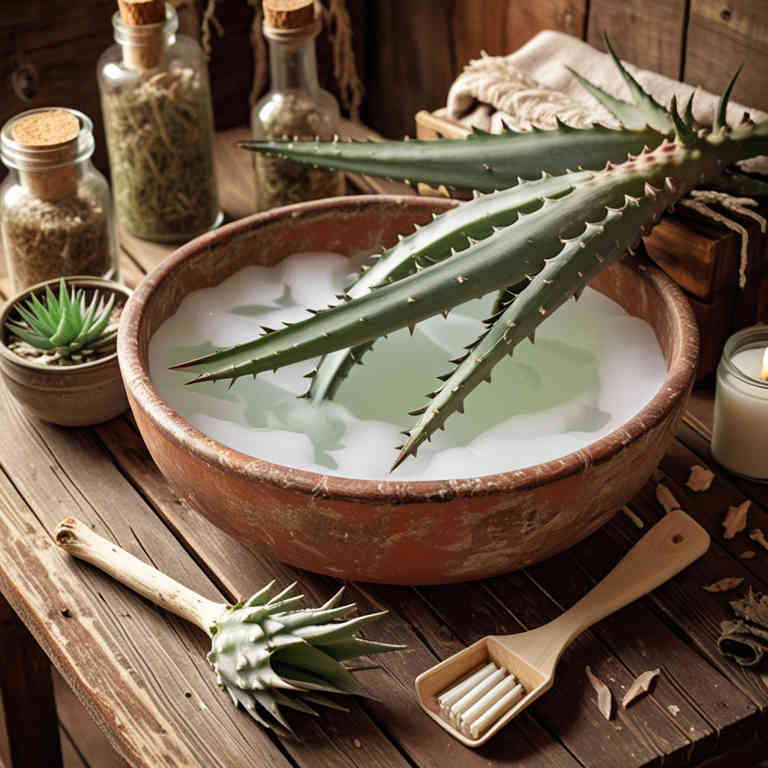
Aloe barbadensis, commonly known as aloe vera, is a versatile herbal remedy that has been used for centuries to promote skin health and radiance.
When incorporated into herbal baths, aloe vera helps to soothe and hydrate the skin, reducing inflammation and improving skin texture. Its rich content of vitamins, minerals, and antioxidants nourishes the skin from within, leaving it feeling soft and supple. Aloe vera baths can also help to detoxify the skin, unclog pores, and enhance the absorption of other skincare products.
Regular use of aloe barbadensis in baths can contribute to a natural, glowing complexion by promoting cellular renewal and maintaining a healthy skin barrier.
2. Urtica dioica

Urtica dioica, commonly known as stinging nettle, is a potent herbal remedy that can be used in baths to promote glowing skin.
When infused into warm water, the nutrients and antioxidants in stinging nettle help to nourish and detoxify the skin, leaving it radiant and refreshed. The anti-inflammatory properties of this herb can also soothe skin irritations and reduce redness, making it beneficial for sensitive skin types. Regular use of urtica dioica baths can improve skin texture, enhance hydration, and encourage a natural, healthy glow.
This natural remedy offers a safe and effective way to achieve a luminous complexion through the power of nature.
3. Equisetum arvense
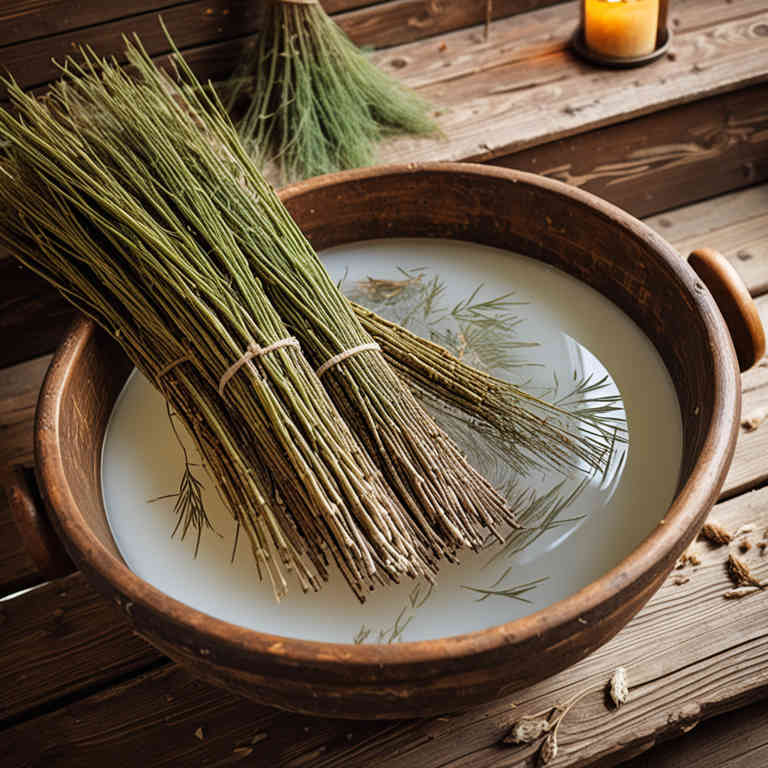
Equisetum arvense, commonly known as field horsetail, is a powerful herbal remedy renowned for its high concentration of silica, which is essential for skin health and radiance.
When used in herbal baths, it helps to detoxify the skin, improve circulation, and promote a natural glow by exfoliating dead skin cells and enhancing skin elasticity. The astringent properties of horsetail also help to tighten pores and reduce the appearance of blemishes, making it ideal for those with oily or acne-prone skin. To prepare a horsetail bath, steep the dried herb in hot water for several hours, then add it to a warm bath and soak for 15 to 20 minutes.
Regular use of equisetum arvense baths can lead to a visibly brighter, smoother, and more youthful complexion over time.
4. Rosa canina
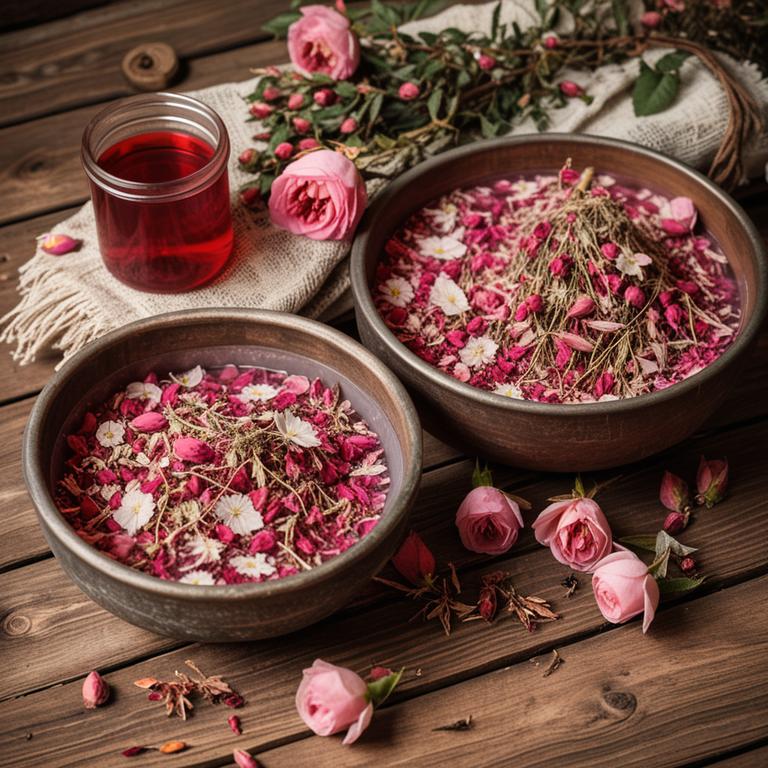
Rosa canina, also known as dog rose, is a traditional herbal remedy renowned for its skin-nourishing properties, and incorporating it into herbal baths can promote glowing skin.
The flowers of Rosa canina are rich in antioxidants, vitamins, and essential oils that help to soothe and rejuvenate the skin. When used in a bath, these natural ingredients work to detoxify the skin, improve circulation, and enhance its natural radiance. Regular use of Rosa canina herbal baths can help reduce inflammation, minimize the appearance of blemishes, and leave the skin feeling soft and supple.
This gentle yet effective treatment is suitable for all skin types and can be a wonderful addition to a natural skincare routine.
5. Cymbopogon citratus
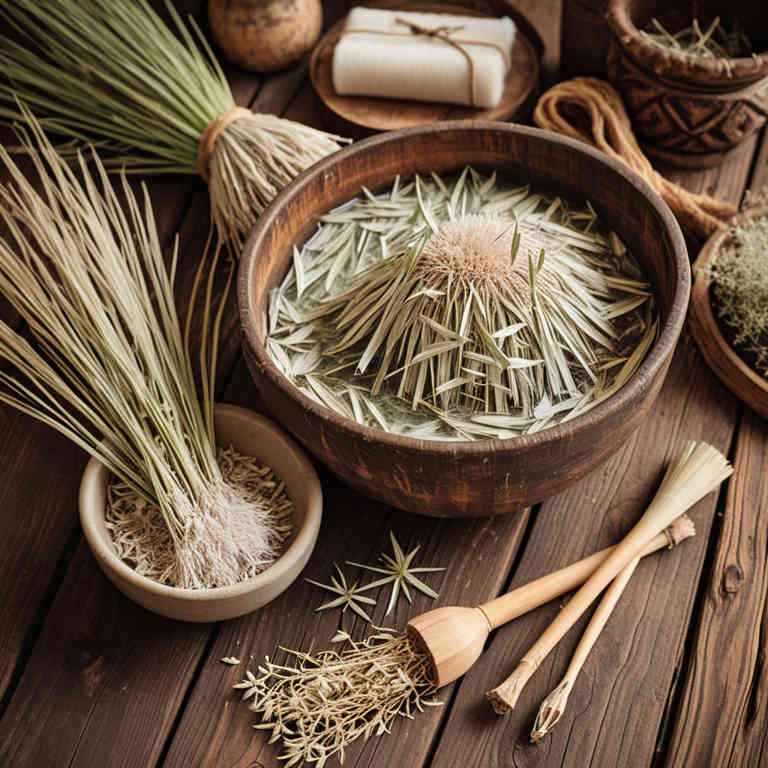
Cymbopogon citratus, commonly known as lemon grass, is a popular herbal ingredient used in natural skincare routines for its rejuvenating properties.
When used in herbal baths, it helps to detoxify the skin, improve circulation, and promote a healthy glow by eliminating toxins and excess oils. The essential oils from lemon grass have antimicrobial and anti-inflammatory benefits that can soothe skin irritations and reduce acne. Adding a few drops of lemon grass essential oil or dried lemon grass to warm bathwater can create a relaxing and nourishing experience.
Regular use of cymbopogon citratus herbal baths can lead to clearer, softer, and more radiant skin over time.
6. Lavandula angustifolia

Lavandula angustifolia, commonly known as English lavender, is renowned for its soothing and aromatic properties, making it a popular choice for herbal baths aimed at achieving glowing skin.
When added to bath water, lavender essential oil or dried lavender flowers release calming compounds that help relax the body and reduce stress, which can contribute to a healthier complexion. The anti-inflammatory and antioxidant properties of lavender help to soothe skin irritations, reduce redness, and promote a radiant glow by improving skin texture and hydration. Regular use of lavender-infused baths can enhance skin elasticity and brightness, leaving the skin feeling soft and refreshed.
Incorporating lavender into a bath routine not only supports skin health but also creates a relaxing and rejuvenating self-care experience.
7. Matricaria chamomilla
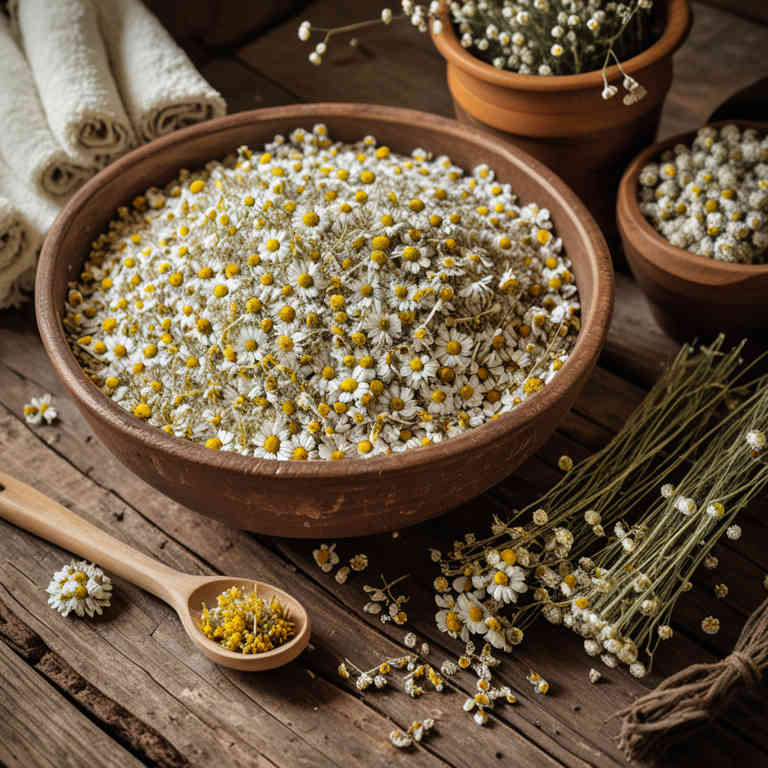
Matricaria chamomilla, commonly known as chamomile, is a gentle and soothing herb widely used in herbal baths to promote glowing skin.
When infused into bath water, chamomile releases calming compounds that help reduce inflammation and soothe irritated skin. Its mild antiseptic properties can help clear blemishes and promote a more even skin tone. The essential oils in chamomile also have a calming effect on the mind, making it a relaxing addition to self-care routines.
Regular use of chamomile herbal baths can leave the skin feeling soft, refreshed, and radiant with a natural glow.
8. Salvia officinalis

Salvia officinalis, commonly known as sage, has been traditionally used in herbal baths to promote glowing skin due to its antimicrobial and astringent properties.
When infused into bath water, sage helps to cleanse the skin, reduce excess oil, and soothe inflammation, leading to a healthier complexion. The essential oils in sage, such as thujone and camphor, contribute to its skin-renewing effects by stimulating circulation and enhancing skin tone. Regular use of sage-infused baths can help improve skin texture, reduce blemishes, and leave the skin feeling refreshed and radiant.
Incorporating salvia officinalis into a skincare routine through herbal baths is a natural and effective way to achieve a glowing, healthy glow.
9. Vitex agnus-castus
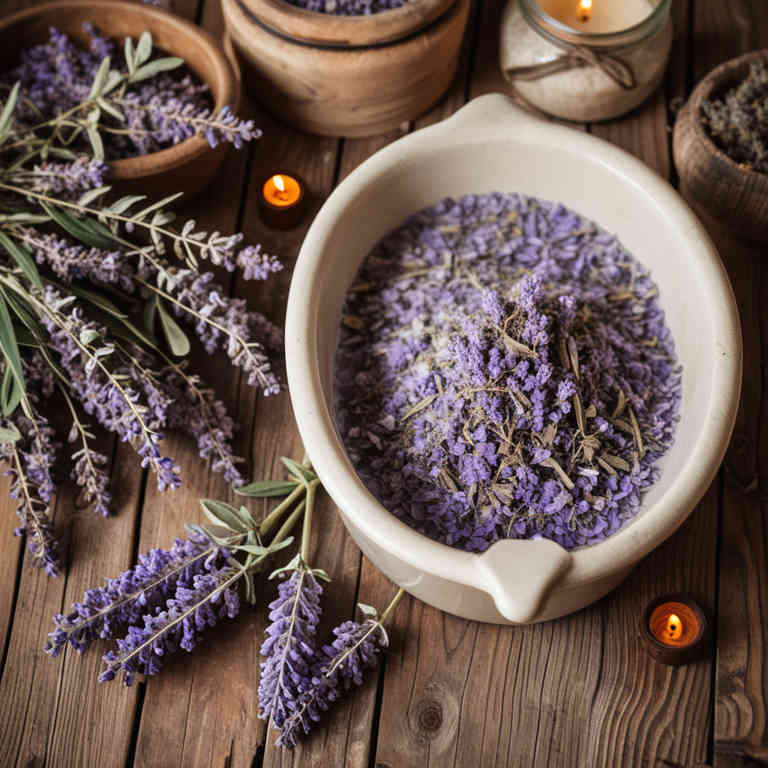
Vitex agnus-castus, also known as chaste tree, has been traditionally used in herbal baths to promote glowing skin due to its balancing effects on hormonal health.
When infused into bath water, vitex can help regulate sebum production, reduce acne, and enhance skin radiance by supporting hormonal equilibrium. Its anti-inflammatory and antioxidant properties may also help soothe skin irritations and improve overall skin texture. Regular use of vitex herbal baths can lead to a more even skin tone and a healthier, luminous appearance.
This natural remedy is particularly beneficial for those experiencing hormonal imbalances or skin concerns related to stress and hormonal fluctuations.
10. Hypericum perforatum

Hypericum perforatum, commonly known as St. John's Wort, has been traditionally used for its therapeutic properties, and incorporating it into herbal baths can promote glowing skin.
When infused into warm water, the bath allows the skin to absorb the plant's beneficial compounds, such as hypericin and flavonoids, which are known for their antioxidant and anti-inflammatory effects. These properties help to soothe skin irritations, reduce redness, and improve overall skin texture. The calming scent of St. John's Wort also enhances the relaxing experience of the bath, contributing to a sense of well-being.
Regular use of hypericum perforatum herbal baths can leave the skin feeling refreshed, radiant, and healthier over time.